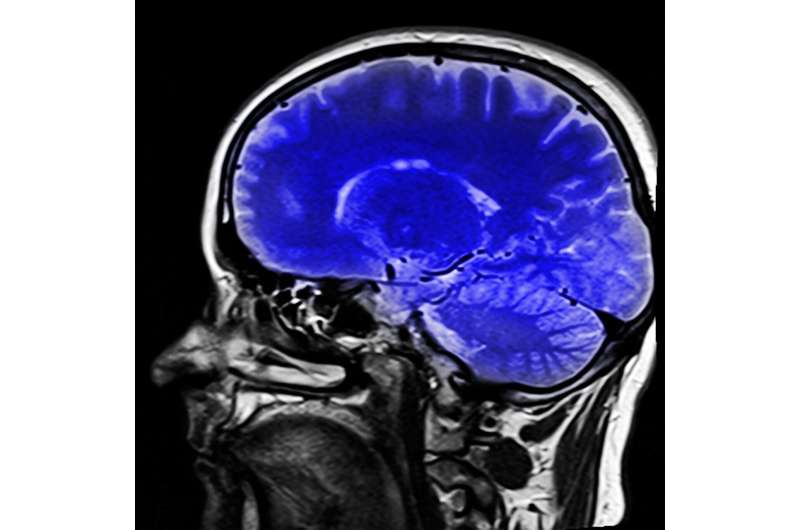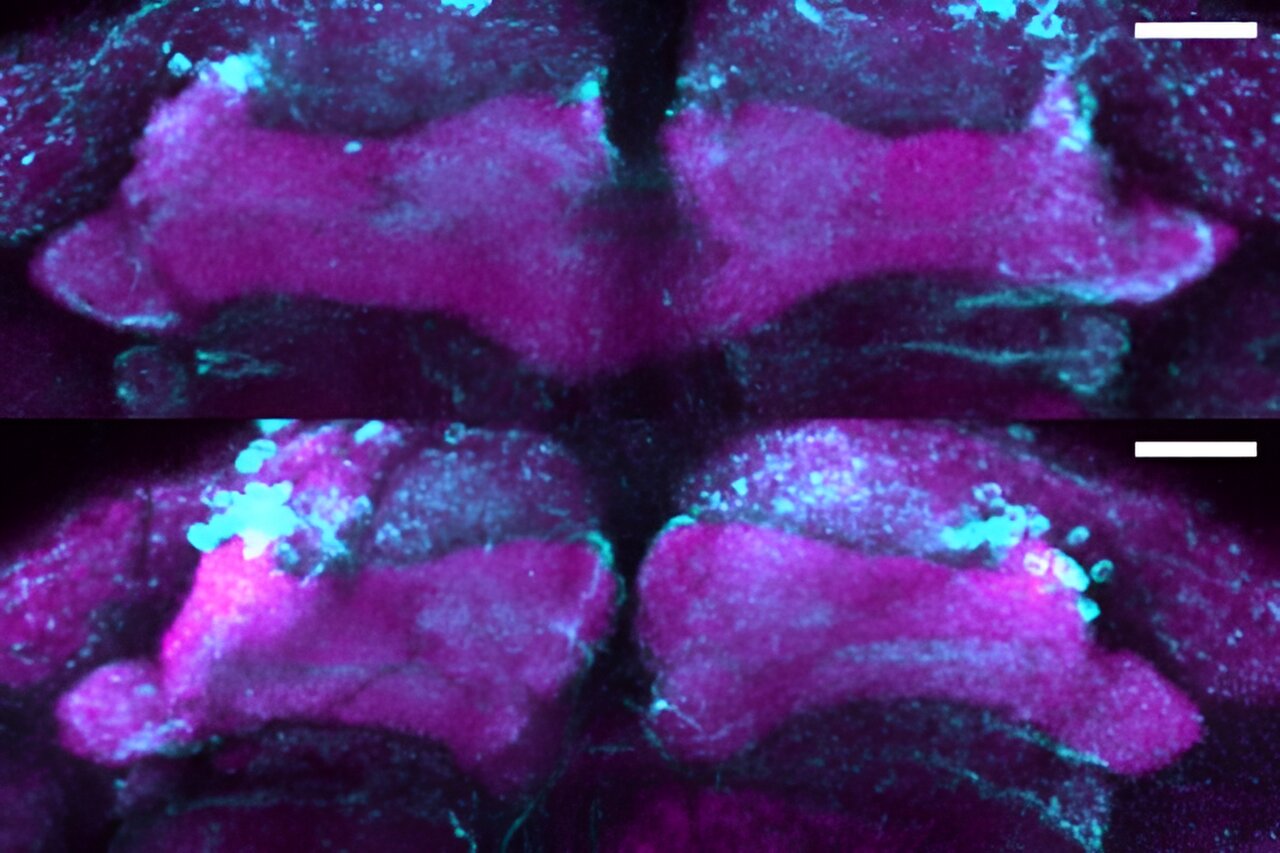
A breakthrough in medical imaging is making it possible for researchers to observe brain activity during movement and pick up the early signs of disorders that affect brain-to-body coordination, such as Parkinson’s disease.
The researchers are advancing new technology that allows them to monitor brain activity as the patient moves. Their work should pave the way for early detection of Parkinson’s disease and other neurological disorders affecting millions worldwide.
Until recently, it was impossible to observe what is happening in the brain during movement. Standard brain scans require patients to lie down and be stationary, which limits scientists’ ability to understand how the brain processes and reacts to everyday situations.
But thanks to the collaborative work of researchers in TwinBrain, a three-year research initiative coordinated by Slovenian scientists, the technology that makes this possible has been extended to cover new regions of the brain and new functionalities.
We multitask constantly, almost without thinking. Just imagine going to the supermarket. You navigate the aisles in search of the items on your shopping list, while keeping an eye out for the latest bargains and trying not to run into fellow shoppers.
EU researchers are now studying such everyday activities in the hope of finding vital clues for detecting and treating serious neurological diseases.
“This situation might seem like a very simple one for young and healthy people, but it’s one that also requires powerful multitasking from the brain,” said Dr. Uroš Marušič, senior research associate at the Science and Research Center in Koper, Slovenia, and head of the newly inaugurated Slovenian Mobile Brain/Body Imaging Lab—SloMoBIL.
Understanding muscle–brain crosstalk
Marušič led the TwinBrain research which has been investigating brain and movement dynamics in a way never studied before.
The initiative, which concluded in January this year, brought together researchers from the Technical University of Berlin in Germany, the University of Trieste in Italy and the University of Geneva in Switzerland in a collaborative effort that broke new ground in the diagnosis and treatment of complex neurological conditions that affect movement.
This includes Parkinson’s disease, the progressive neurological condition that affects more than 8 million people around the world.
As we age, our neural resources are depleted, increasing so-called cognitive motor interference, meaning we can no longer multitask in the same way. This interferes with what Marušič calls “muscle-brain crosstalk.”
“In early-stage Parkinson’s, behind the scenes, the brain is compensating for balance and movement deficiencies,” said Marušič, who is also an associate professor of kinesiology at the Alma Mater Europaea University in Maribor, Slovenia. “This can lead to a person tripping or falling.”
The researchers have advanced a technology called mobile brain/body imaging (MoBI) that allows them to monitor brain and body movement simultaneously. Their work will make it possible to spot tell-tale signs of neurological issues and start treatments earlier.
MoBI is being studied in detail at the Berlin Brain/Body Imaging Lab (BEMoBIL) at the Technical University of Berlin. Thanks to TwinBrain, this technology was transferred from Germany to Slovenia and further upgraded with input from neurologists and researchers from Italy and Switzerland.
“We see that once you challenge participants with an additional cognitive task—for example, a question while they are balancing—they try to activate additional neural resources, but they can’t always process everything,” said Marušič.
Mind in motion
The MoBI technology combines electroencephalogram (EEG) technology, a test that measures electrical activity in the brain, with electromyography (EMG) which measures muscle response or electrical activity in response to a nerve’s stimulation of the muscle. It also uses motion capture technology.
“We can now measure what is going on in the brain while you are walking, running, or doing other types of physical or mental activity,” said Marušič.
Marušič describes this as one of the biggest achievements of the research so far, but it has also created an enormous big data challenge. Fifty-seven participants have taken part in testing since MoBI was rolled out in Slovenia in 2021.
For each second of activity, hundreds of readings were taken, resulting in millions of data points. These are now being synchronized and analyzed using AI and a supercomputer, a process that is already yielding exciting results.
Paolo Manganotti, a professor of neurology at the University of Trieste, was involved in the recruitment and testing of volunteers for the TwinBrain study. He found that participants were very willing to take part to help improve outcomes not only for themselves, but also for future patients.
“TwinBrain offers groundbreaking insights for clinical practice. By integrating the latest technology, we can revolutionize the diagnosis and monitoring of Parkinson’s disease within a few years, increasing patient satisfaction and their quality of life,” he said.
Personalized health care
The next step for Marušič is to simplify and optimize the technology through follow-on research in the TBrainBoost project, based at SloMoBIL, in Slovenia. This time with new research partners from Belgium, Germany, Malta and Slovenia.
This will allow for the development of new MoBI technology-based products for wider clinical use benefitting patients with neurological disorders. It also consolidates SloMoBIL’s role as a regional center of excellence for research in this field.
Longer term, Marušič hopes this will lead to better and earlier treatment for Parkinson’s and other neurological disorders and more personalized health care.
“I want patients to be able to come to one place to address all issues at the same time. Personalized centers offering diagnostics and treatments tailored to your needs—one place that does it all,” he said.
Citation:
Studying the brain in motion offers new insights into Parkinson’s disease (2024, September 5)
retrieved 6 September 2024
from https://medicalxpress.com/news/2024-09-brain-motion-insights-parkinson-disease.html
This document is subject to copyright. Apart from any fair dealing for the purpose of private study or research, no
part may be reproduced without the written permission. The content is provided for information purposes only.


